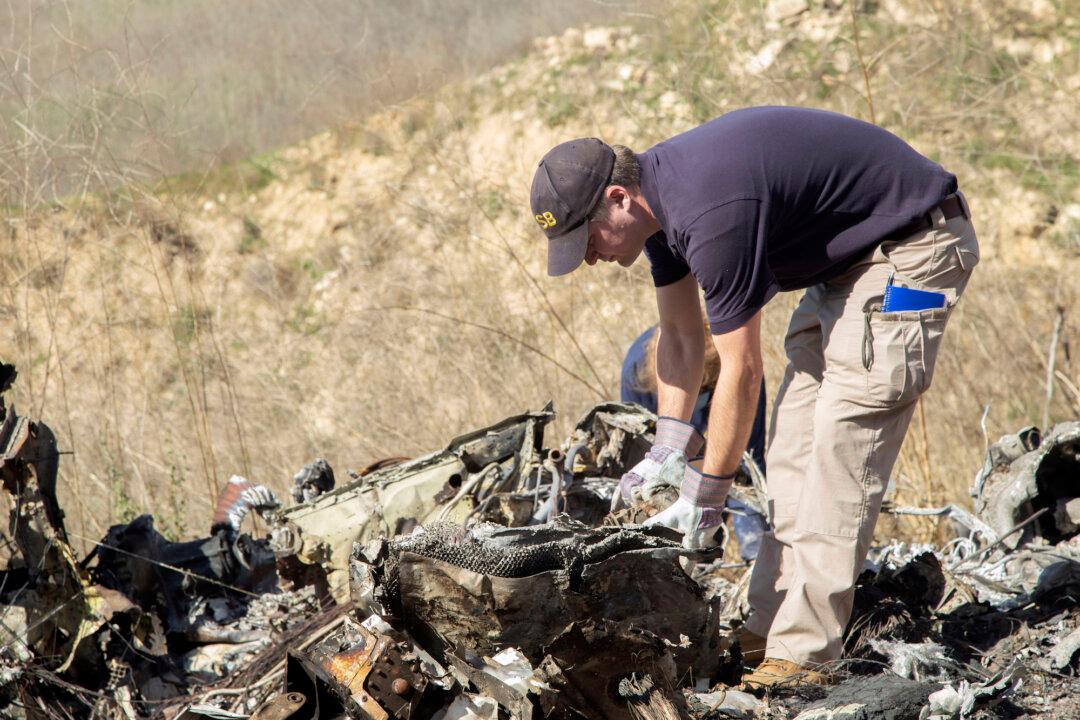Documents from the National Transportation Safety Board (NTSB) indicate the pilot of the helicopter that crashed in January, killing nine people including NBA legend Kobe Bryant, may have become disoriented in foggy conditions.
While federal investigators have not yet determined the cause of the crash, details found in a newly-released docket indicate that the pilot, Ara Zobayan, may have “misperceived” the helicopter’s position amid bad weather and not realized the craft was losing altitude.





